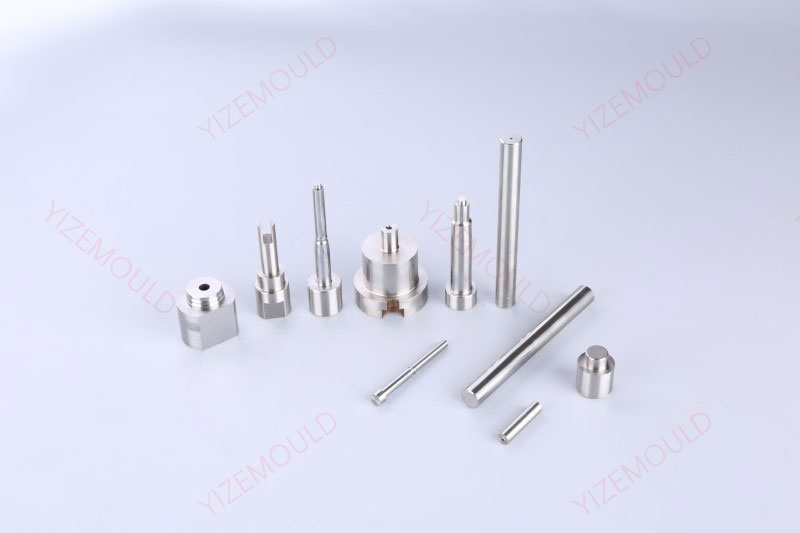Can you wire edm carbide?
Electrical Discharge Machining (EDM) wire cutting, an advanced technology that utilizes the principle of electrical erosion to cut metals, has become a vital method for machining difficult materials such as […]
Electrical Discharge Machining (EDM) wire cutting, an advanced technology that utilizes the principle of electrical erosion to cut metals, has become a vital method for machining difficult materials such as carbide. This article will explore the basic principles of EDM wire cutting, the characteristics and precautions of machining carbide, and the application of different types of wire cutting in carbide processing.
Basic principles and types of wire cutting.
Wire cutting involves cutting metals using molybdenum or copper wires under the action of electrical corrosion. It is particularly suitable for processing carbide parts and various complex metal parts such as mold steels. Wire cutting can be categorized into three types based on wire speed: fast wire, medium wire, and slow wire.
Our factory business: carbide parts, mold parts, medical injection molds, precision injection molds, teflon PFA injection molding, PFA tube fittings. email: [email protected],whatsapp:+8613302615729.
Fast Wire and Slow Wire.
- Fast wire uses a recyclable molybdenum wire, which is economical but offers relatively lower precision and surface quality.
- Slow wire uses a disposable copper wire, which is more expensive but yields high precision and better surface quality.

Precautions in wire cutting machining of carbide.
Reasons for cracking in carbide wire cutting.
- Carbide may develop internal stresses during pressing and sintering processes.
- Welding or embedding carbide with steel, which have different thermal expansion coefficients, may increase internal stresses.
Solutions to prevent cracking in carbide wire cutting.
- Perform residual stress relief treatments on carbide before leaving the factory.
- Reduce internal stresses in welded carbide, such as through tempering.
Surface treatment and self-inspection after processing.
After processing, carbide surfaces are prone to cracking. It is essential to self-inspect and ensure the processed surface is free of defects before proceeding to further processing to avoid unnecessary impacts.
Machining speed for carbide in wire cutting.
Efficiency and quality.
The high hardness and wear resistance of carbide slow down the machining process. The high melting point of carbide also contributes to slower wire cutting speeds. Conventional wire cutting equipment processes tungsten steel at an efficiency of about 2000-3000 square millimeters per hour, dictated by the material’s physical properties. Based on our company’s actual operation, machining carbide with wire cutting takes about four times longer than machining mold steels, so a slower processing rate is normal.
In conclusion, EDM wire cutting technology can effectively machine carbide, but it requires adjusting processing parameters and strategies to suit the characteristics of carbide. Do you have any experience or suggestions in using EDM wire cutting for machining carbide? Feel free to share your insights and experiences.






